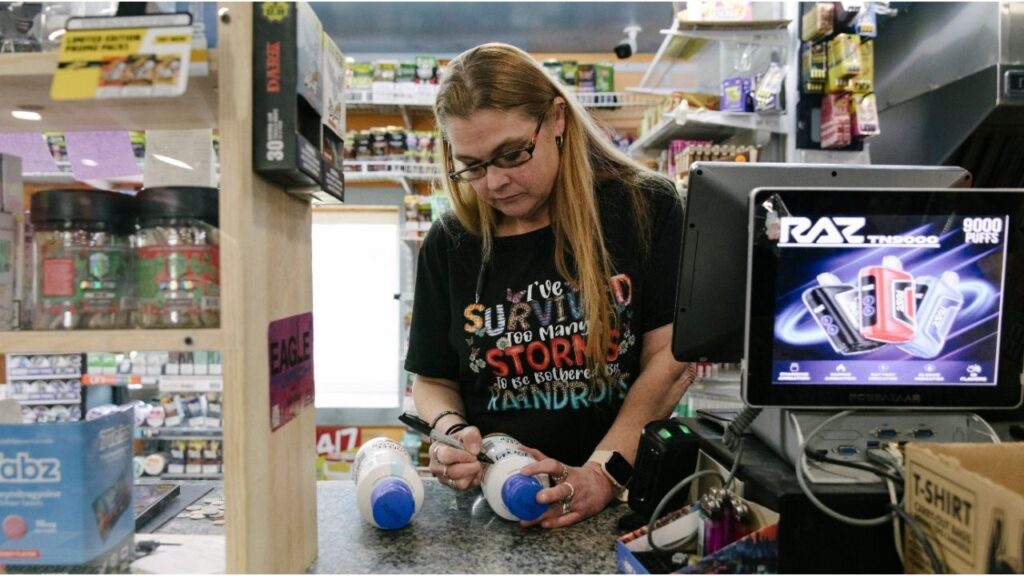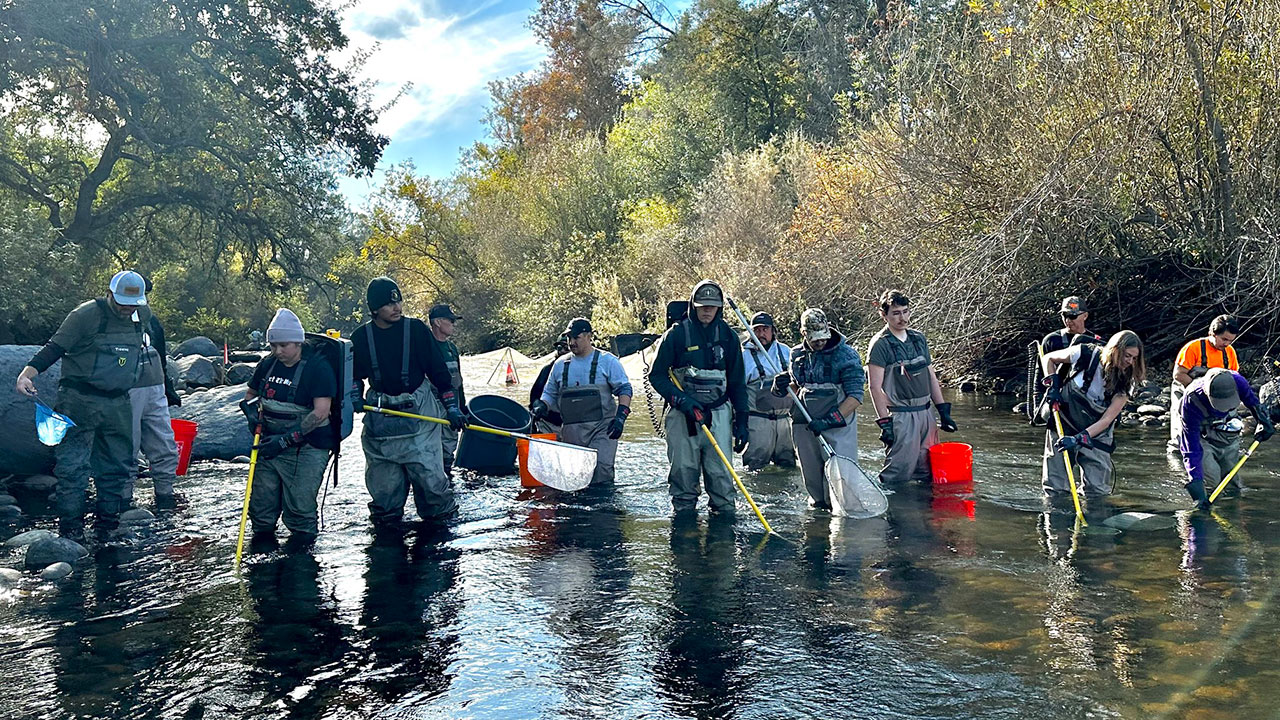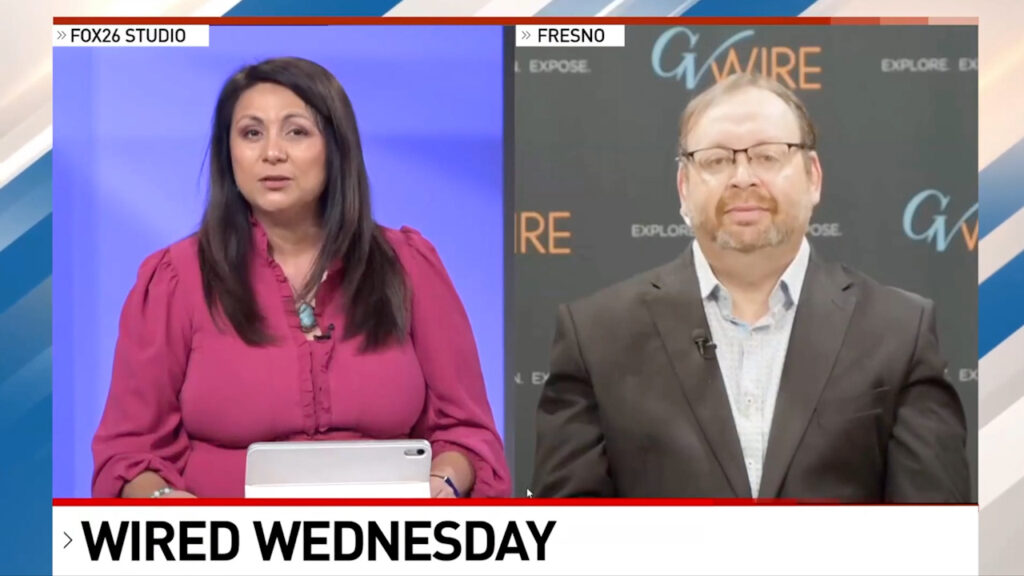Share
Linda Gaudet can’t watch the replays.
“It was just devastating,” Gaudet said. “I still can’t stomach it.”
Neither can many others around horse racing. The alarming rate of horse deaths at Santa Anita plunged the industry into chaos and was a major blow to the sport’s public image going into Triple Crown season.
The tragedy was all too familiar for those who were around for spates of breakdowns years ago in New York, New Jersey and Maryland, and many are still perplexed that officials at the California track didn’t act more quickly on proven reforms that had been previously recommended across the country years ago.
Those East Coast states had investigated, diagnosed and successfully begun to solve similar issues with a series of effective reforms.
“Why they took so long to get on top of it is beyond any of us,” said Alan Foreman, chairman and CEO of the Thoroughbred Horsemen’s Association and co-author of the 2012 New York Task Force on Racehorse Health and Safety. “When you see spates of breakdowns like this, which are very unusual, you know something’s going on and something is impacting it. Certainly here we would’ve thought that based on the work we did in 2011-2012 that they would’ve grabbed on to this thing much sooner than they did, and that’s part of the tragedy here.”
The Situation at Santa Anita Was Something of a Perfect Storm
Much like the 21 horse deaths at Aqueduct in New York in 2011-12 that led to the task force, many believe the situation at Santa Anita was something of a perfect storm: a combination of a rainy winter after years of drought that affected the surfaces, pressure from ownership on horsemen to fill fields and possibly problems with medications used on horses. After the fatalities began Dec. 26, Santa Anita closed for almost all of March and has seemed to get the problem under control since reopening , though it already has hurt racing there.
“They’re seeing an exodus of horses, they’re seeing an exodus of horsemen, they’re now being forced to reduce racing days, they’re running short fields and they’re in deep trouble,” Foreman said.
Horse racing officials from the Mid-Atlantic region, which consists of tracks in New York, New Jersey, Pennsylvania, Delaware, Maryland and Illinois, feel the findings of the 2012 task force provided a roadmap for Santa Anita. Since the recommendations from that task force were put into place, breakdowns in the Mid-Atlantic region have been reduced by 35%.
Foreman said last year the Mid-Atlantic was at the national average of 1.68 fatalities per 1,000 starts, which he called “unacceptable.” He and Gaudet believe the magnitude of the fallout at Santa Anita could have been avoided.
“This thing with Santa Anita, it is chaos because they’ve not done the proper investigation, the protocols,” said Gaudet, who has been with the Maryland Thoroughbred Horsemen’s Association since its inception. “Most of the things that they want to do in California we’ve already done here. We’ve been doing it. It’s nothing new. It should’ve been done a long time ago.”
Neither the Stronach Group that owns Santa Anita Park, nor the California Horse Racing Board that sets regulations immediately responded to a request for comment.
One issue that continues to be debated is the use of Lasix — a diuretic given to horses on race days to prevent pulmonary bleeding. The Triple Crown races are planning to phase out the use of Lasix over the next few years, even though independent regulators have found it is unrelated to horse deaths.
Some Trainers Were Medicating Horses With Anti-Inflammatories
After New York Governor Andrew Cuomo called for an investigation amid the breakdowns at Aqueduct, the task force cited issues other than Lasix as causes for fatalities, including oversight and use of medicine, track safety and purse structure.
Bailey said in an effort to speed a horse’s recovery for the next race, some trainers were medicating horses with anti-inflammatories so often that it masks pain or an injury a horse might be feeling.
“These practices and the medications these trainers were giving them were way too close to race time,” said Bailey, a six-time winner in Triple Crown races who’s now an analyst for NBC Sports. “Once we made the recommendation along with our competition testing to make sure that these trainers were adhering on medication and more transparency with veterinary records to make sure the vets weren’t doing it on their behalf, then we saw a change.”
Scollay, the equine medical director for the Kentucky Horse Racing Commission and co-author of the 100-page New York task force report, said one lesson to be learned from the situations in New York and California is that cutting down on fatalities is a collaborative effort. She said front-office executives, who portion out the money that can be won in races, must be involved.
When casino revenue started pouring into New York earlier this decade, purses skyrocketed and that had unintended consequences. In claiming races, where any horse can be bought afterward, the incentives were so intoxicating that owners and trainers were willing to risk entering races with inferior or potentially injured horses for a potentially big payday.
The National Thoroughbred Racing Association Contributed a $100,000 Grant
“That commoditized the horse and established sort of a day-trading environment where you went all-in for that one big return and it didn’t matter after that because it wasn’t going to be your asset for very long,” Scollay said. “It sets horses up to be at substantially increased risk.”
Sometimes the track itself is a risk, which was believed to be a cause of 19 horse fatalities at Saratoga Race Course in 2017 and played a role at Santa Anita.
In an effort to address the track issue, the National Thoroughbred Racing Association contributed a $100,000 grant for the Racing Surfaces Testing Laboratory run by Dr. Mick Peterson at the University of Kentucky. The lab is developing technology such as sensors that can read moisture content of a track in real time and attempt to make the surface as consistent as possible.
While the lab testing and other initiatives are in the works, Foreman doesn’t believe the industry is doing a good job of informing the public of what it’s doing to try to prevent deaths. He also is discouraged that various jurisdictions have chosen to adopt different rules to combat the issue.
The proposed solutions in California and even at Churchill Downs, home of the Kentucky Derby, are very different from the policies that have been effective in the mid-Atlantic.
“What’s distressing to me is that here’s an opportunity for some consensus-based best practices and everybody’s going on their own, trying to do better than what the other guy did,” Foreman said. “That helps to create an atmosphere of industry dysfunction.”
RELATED TOPICS:
Categories

SNAP Recipients Plan Thanksgiving, Down to Their Last Cent

A Year Later, Donors to Trump’s Transition Come to Light

How to Watch the Macy’s Thanksgiving Day Parade
















